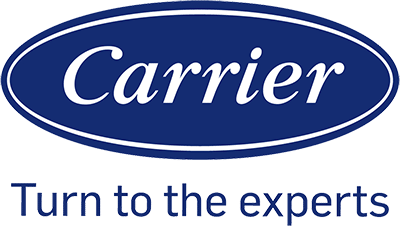Understanding Ductless Heating System

Ductless heating systems offer flexibility and energy efficiency. They consist of several key components and come in various types that can suit different needs.
Components and Function
A ductless heating system includes an indoor unit, an outdoor unit, and a remote control. The indoor unit is mounted on a wall and disperses air directly into the room. The outdoor unit transfers heat to or from the indoor unit.
These systems use a heat pump that can provide both heating and cooling. The refrigerant lines carry the heat between the units. This system eliminates the need for ductwork, which can reduce energy loss.
Types of Ductless Systems
There are different types of ductless systems. Single-zone systems are perfect for one room or a small area. Multi-zone systems can connect multiple indoor units to one outdoor unit. This allows for different temperatures in different zones or rooms.
Ductless mini-splits are a popular choice. They offer both heating and cooling and are known for their energy efficiency. They’re ideal for homes without existing ductwork or for adding to an extension.
Advantages of Ductless Heating and Cooling
There are several benefits to using ductless systems. They provide improved energy efficiency because there’s no energy loss through ducts. Users can control the temperature in individual zones, leading to better comfort and energy savings.
Installation is easy and less invasive compared to traditional systems. Ductless heat pumps are also quieter, making them a comfortable choice for residential settings. They offer both heating and cooling, making them versatile for year-round use.
Cost Influencing Factors
Several factors affect the cost of installing and operating a ductless heating system. These include the initial installation and equipment expenses, the size and scope of the installation, and ongoing operating and maintenance costs.
Initial Installation and Equipment
The initial installation and equipment costs can vary widely. Equipment costs depend on the type of ductless heat pump, including its SEER (Seasonal Energy Efficiency Ratio) and HSPF (Heating Seasonal Performance Factor) ratings. Higher efficiency systems typically cost more, but may also offer long-term savings.
Labor and installation costs are another significant factor. The complexity of the installation, such as the need for additional electrical wiring or the distance the refrigerant line must cover, can increase labor costs. Hiring a qualified HVAC professional ensures the system is installed correctly but may also add to the expense.
Size and Scope of Installation
The size and scope of the installation greatly impact costs. The number of zones a homeowner wants to heat or cool with the system can affect the total installation cost. A multi-zone system typically costs more than a single-zone setup because it requires additional indoor units and potentially more complex installation work.
The BTUs (British Thermal Units) required for the space will also influence the size of the system needed and, therefore, the cost. Larger homes or spaces with multiple rooms may need larger or more units, resulting in higher costs. The existing ductwork, or lack thereof, can also play a role in the overall cost.
Operating and Maintenance Costs
Operating and maintenance costs are ongoing expenses that must be considered. More efficient models with higher SEER and HSPF ratings generally have lower operating costs. Additionally, maintenance for a ductless heat pump generally includes simple tasks like cleaning filters and inspecting components, which can be done by the homeowner or an HVAC professional.
The performance of the ductless system over time can affect operating costs. Regular maintenance ensures the system runs efficiently, reducing energy consumption and keeping costs down. Ignoring maintenance can lead to higher operating costs and potential repair expenses in the future.
Evaluating Performance and Savings

Ductless heating systems offer various benefits, but it’s important to consider how they perform and the savings they provide over time.
Energy Efficiency and Climate Considerations
Ductless heat pumps are known for their energy-efficient performance. They often achieve higher SEER (Seasonal Energy Efficiency Ratio) ratings compared to traditional HVAC systems. For example, many ductless systems have SEER ratings of 20 or higher, which means they use less energy for the same amount of cooling.
In cold climates, selecting a system designed for low temperatures is crucial. These models ensure efficient heating even when it’s freezing outside. The indoor unit and outdoor unit work together to maintain comfort.
Regular maintenance is essential for keeping energy efficiency high. Cleaning filters and checking the refrigerant level can help prevent issues that reduce performance.
Assessing Long-Term Benefits
Energy savings can lead to significant cost reductions. Over time, homeowners often see a decrease in their utility bills. Ductless systems can cut energy costs by up to 30% compared to conventional HVAC systems.
There are also incentives available for installing energy-efficient ductless systems. These may include tax credits, rebates, or discounts from energy companies, making the initial investment more affordable.
Regular maintenance extends the lifespan and efficiency of the system. This ensures consistent performance and reduces the chances of unexpected repairs. Ductless heating and cooling systems often last longer than traditional systems, offering more value over the years.
Prospective buyers should consider these factors when evaluating the long-term benefits of ductless heat pumps.




